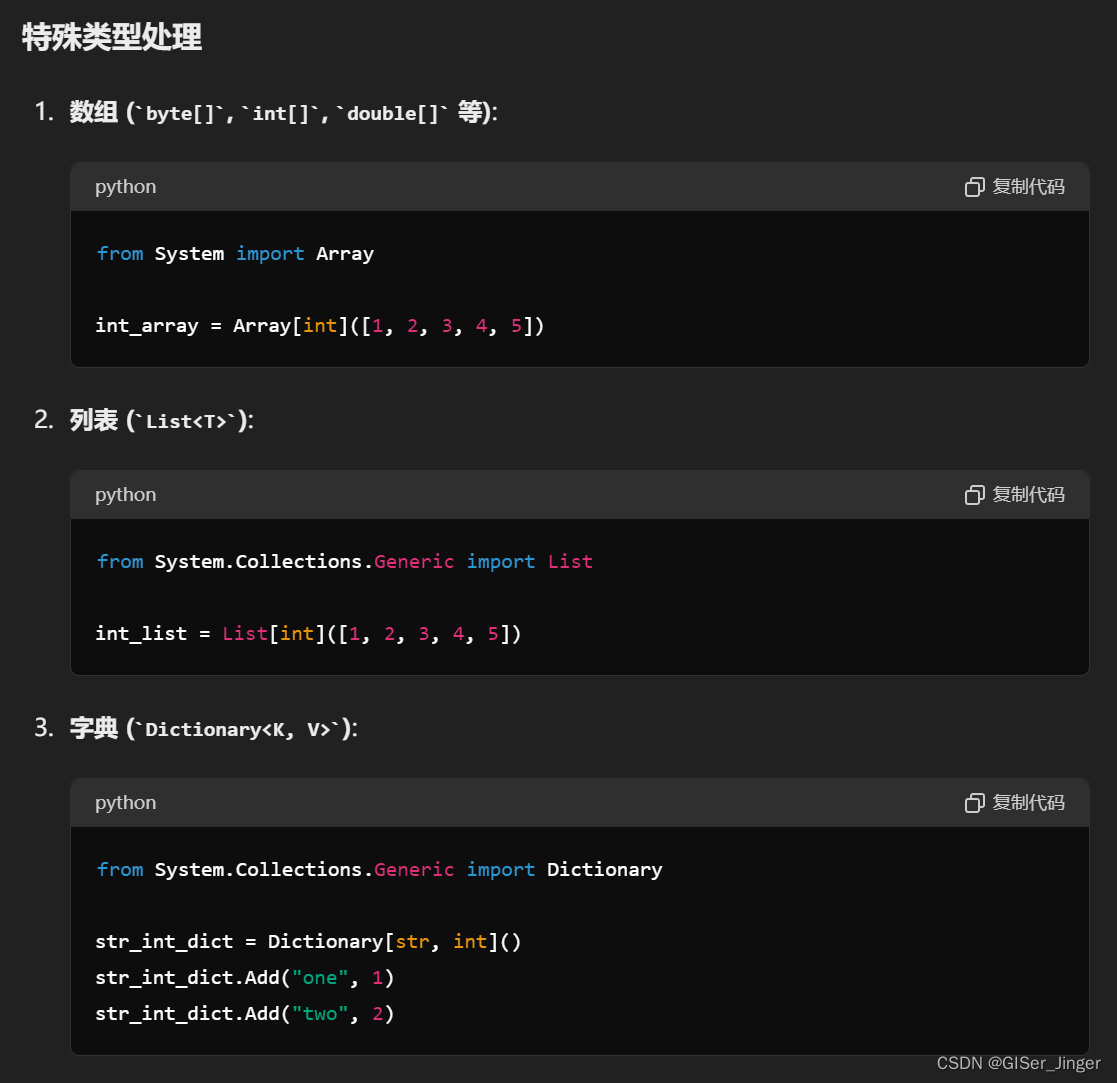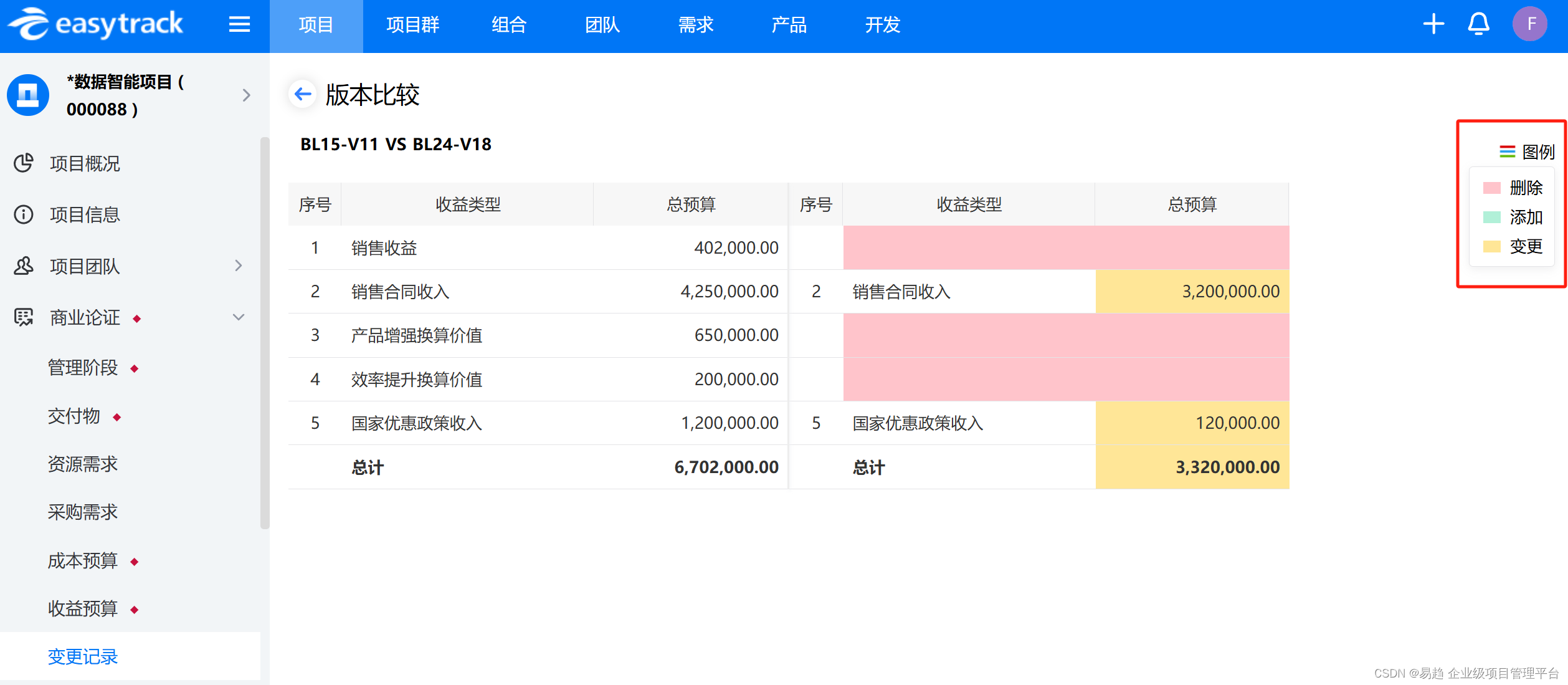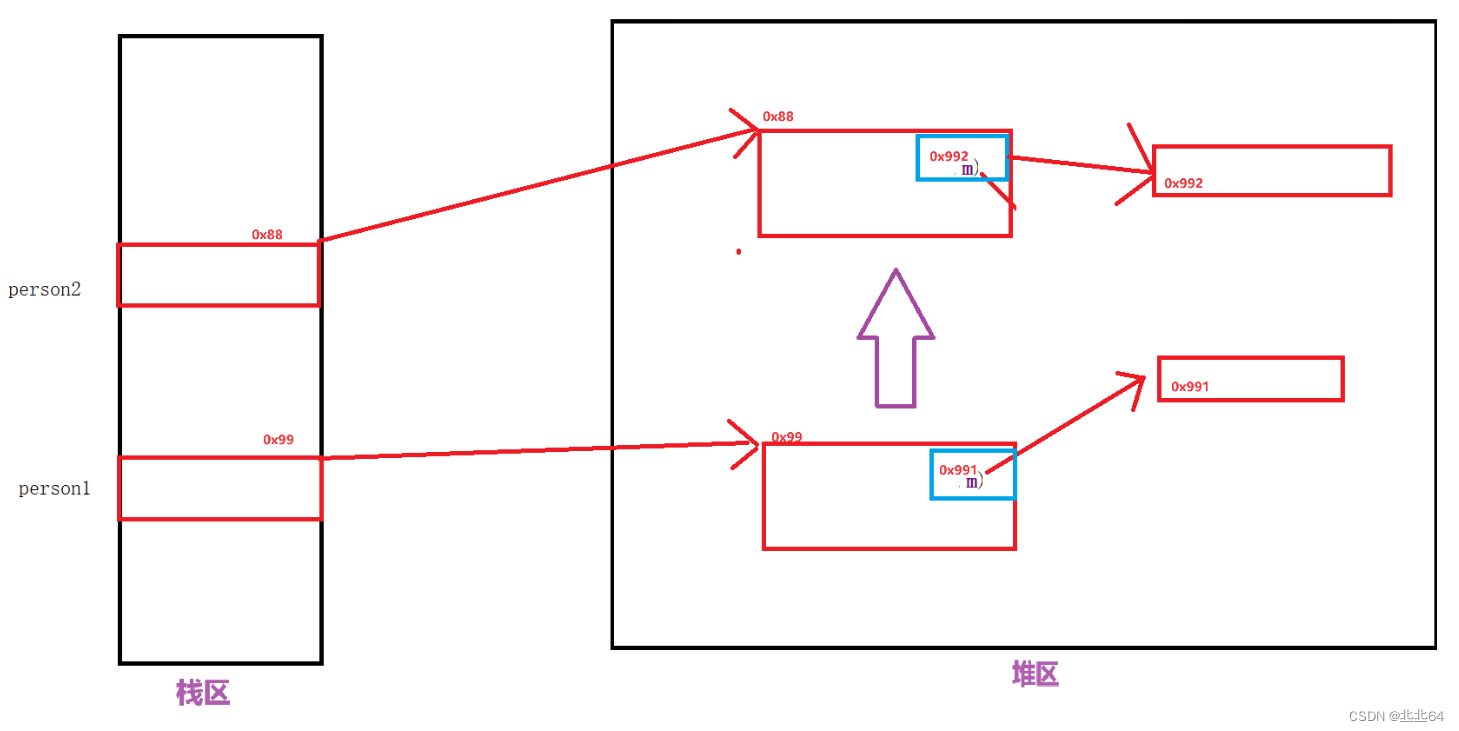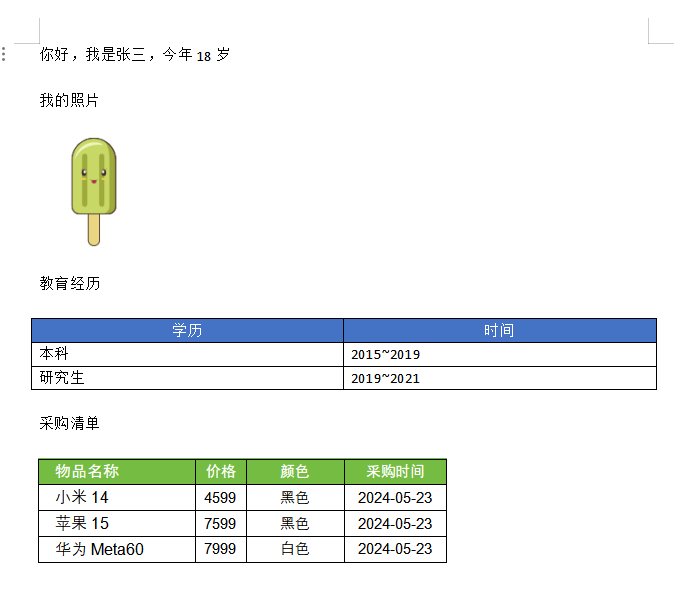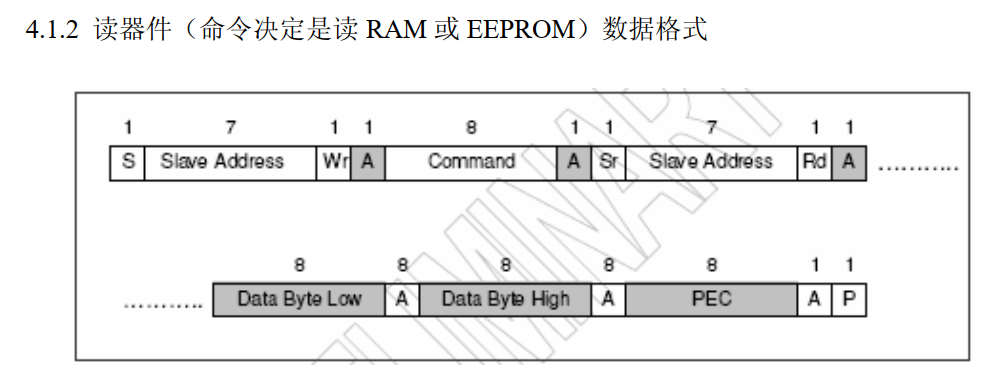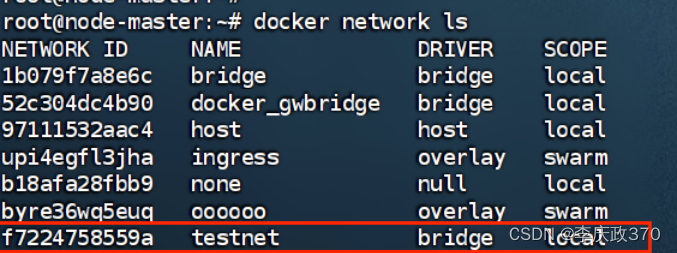目录
1.list的介绍及使用
1.1.list的构造
1.2 list iterator的使用
1.3. list capacity
1.4.list modifiers
1.5.list的迭代器失效
1.list的介绍及使用

list介绍 ,可以通过以下图直观的感受到 vector 和 list 的区别

Vector 插入代价高,但便于排序
List 不连续,不能加,但插入的代价特别低
如果需要频繁随机访问元素或在尾部进行插入和删除操作,可以选择Vector;
如果需要频繁在任意位置进行插入和删除操作,可以选择List

list中的接口比较多,此处类似,只需要掌握如何正确的使用,然后再去深入研究背后的原理,已达到可扩展 的能力。以下为list中一些常见的重要接口。
1.1.list的构造

代码:
#include<iostream>
#include<list>
using namespace std;
void test1()
{
list<int> l1;
list<int> l2(4, 100);
list<int> l3(l2.begin(), l2.end());
list<int> l4(l3);
//以数组迭代器构造l5
int arr[] = { 116,2,77,29 };
list<int> l5(arr, arr + sizeof(arr) / sizeof(int));
//列表格式初始化
list<int> l6{ 1,2,3,4,5 };
//迭代器方法打印
auto it = l5.begin();//begin()不要忘记括号了
while (it != l5.end())
{
cout << *it << " ";
++it;
}
cout << endl;
//语法糖
for (auto e : l3)
cout << e << " ";
cout << endl;
}
int main()
{
test1();
cin.get();
return 0;
} 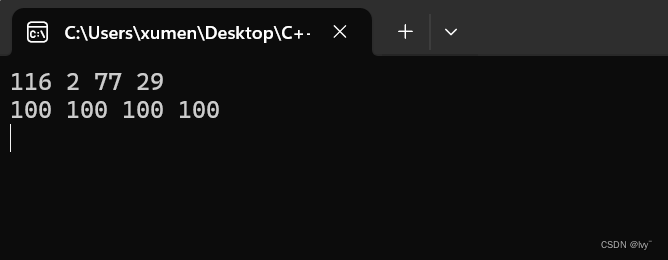
1.2 list iterator的使用
此处,大家可暂时将迭代器理解成一个指针,该指针指向list中的某个节点。
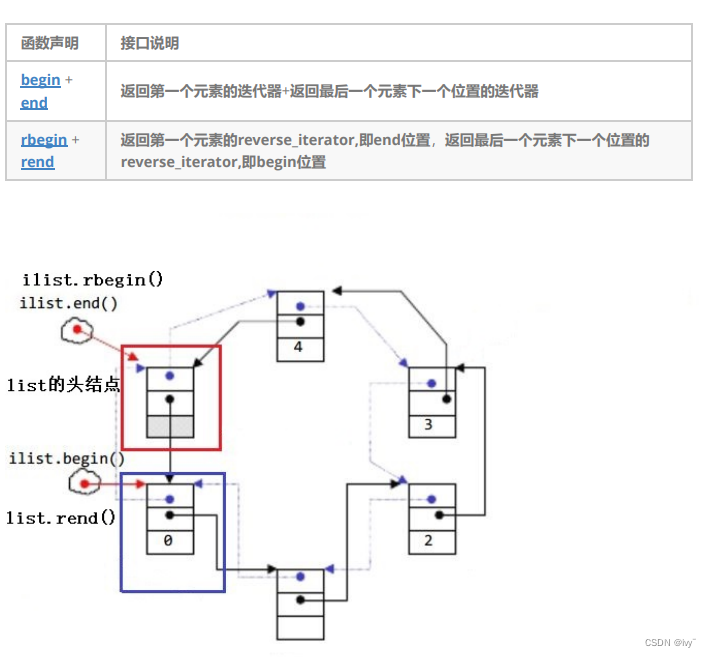
代码:
void test2()
{
int array[] = { 1, 2, 3, 4, 5, 6, 7, 8, 9, 0 };
list<int> l(array, array + sizeof(array) / sizeof(array[0]));
// 使用正向迭代器正向list中的元素
// list<int>::iterator it = l.begin(); // C++98中语法
auto it = l.begin(); // C++11之后推荐写法
while (it != l.end())
{
cout << *it << " ";
++it;
}
cout << endl;
// 使用反向迭代器逆向打印list中的元素
// list<int>::reverse_iterator rit = l.rbegin();
auto rit = l.rbegin();
while (rit != l.rend())
{
cout << *rit << " ";
++rit;
}
cout << endl;
}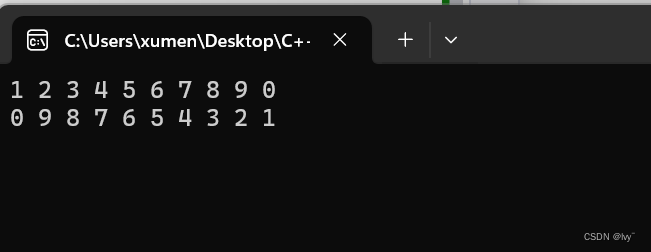
【注意】
1. begin与end为正向迭代器,对迭代器执行++操作,迭代器向后移动
2. rbegin(end)与rend(begin)为反向迭代器,对迭代器执行++操作,迭代器向前移动
1.3. list capacity

list element access

1.4.list modifiers
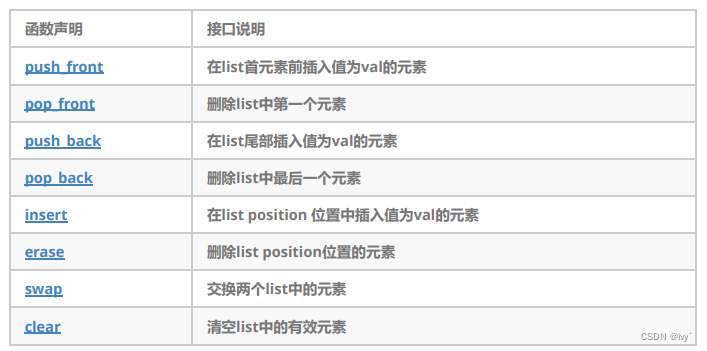
ps: vector就没有头插和头删
void test3()
{
int arr[] = { 1, 2, 3 };
list<int> L(arr, arr + sizeof(arr) / sizeof(int));
print(L);
//尾插4,头插0
//删除尾部和头部节点
L.push_back(4);
L.push_front(0);
print(L);
L.pop_back();
L.pop_front();
print(L);
//insert/erase
//获取链表中的第二个元素
auto pos = ++L.begin();
//pos前插入4
L.insert(pos, 4);
//pos前插入5个元素为5的数值
L.insert(pos, 5, 3);
print(L);
//在pos前插入v.begin、v.end之间的元素
vector<int> v{ 7, 8, 9 };
L.insert(pos, v.begin(), v.end());
print(L);
//删除pos上的元素
L.erase(pos);
print(L);
//删除list中的所有元素
L.clear();
print(L);
}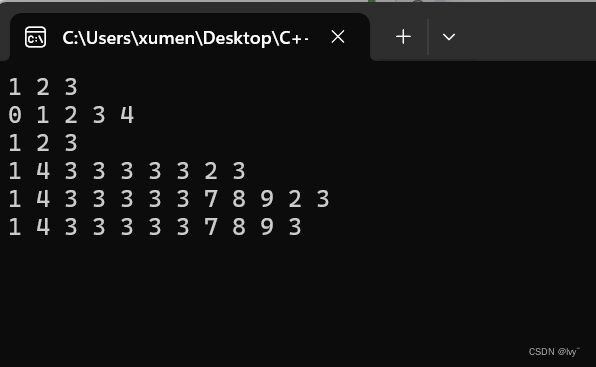
注意:
pos 是指向最初的第二个节点的位置的迭代器。当调用 L.erase(pos); 时,实际上是删除了 pos 所指向的节点,而不是删除 pos 这个迭代器本身。
1.5.list的迭代器失效
前面说过,此处大家可将迭代器暂时理解成类似于指针,迭代器失效即迭代器所指向的节点的无效,即该节 点被删除了。因为list的底层结构为带头结点的双向循环链表,因此在list中进行插入时是不会导致list的迭代 器失效的,只有在删除时才会失效,并且失效的只是指向被删除节点的迭代器,其他迭代器不会受到影响。
void TestListIterator1()
{
int array[] = { 1, 2, 3, 4, 5, 6, 7, 8, 9, 0 };
list<int> l(array, array + sizeof(array) / sizeof(array[0]));
auto it = l.begin();
while (it != l.end())
{
// erase()函数执行后,it所指向的节点已被删除,因此it无效,在下一次使用it时,必须先给
其赋值
l.erase(it);
++it;
}
}
// 改正
void test4()
{
int array[] = { 1, 2, 3, 4, 5, 6, 7, 8, 9, 0 };
list<int> l(array, array + sizeof(array) / sizeof(array[0]));
auto it = l.begin();
while (it != l.end())
{
l.erase(it++); // it = l.erase(it);
//it要++指向下一个
}
}
int main()
{
//test1();
//test2();
//test3();
test4();
cin.get();
return 0;
}2. list与vector的对比
vector与list都是STL中非常重要的序列式容器,由于两个容器的底层结构不同,导致其特性以及应用场景不 同,其主要不同如下:
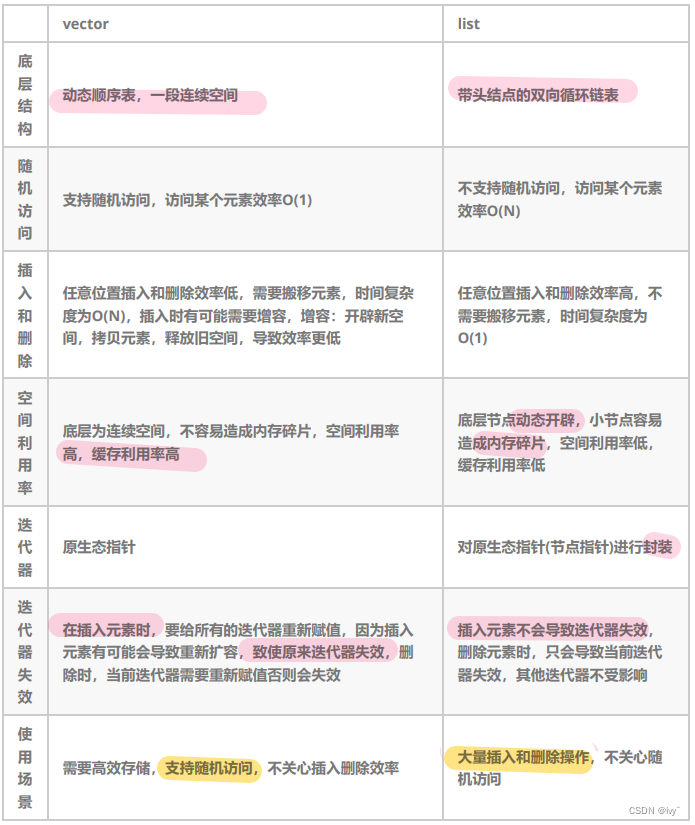

![[Redis]使用和原理](https://img-blog.csdnimg.cn/direct/eea69db459dc47f88408a6639a36ac7e.png)


